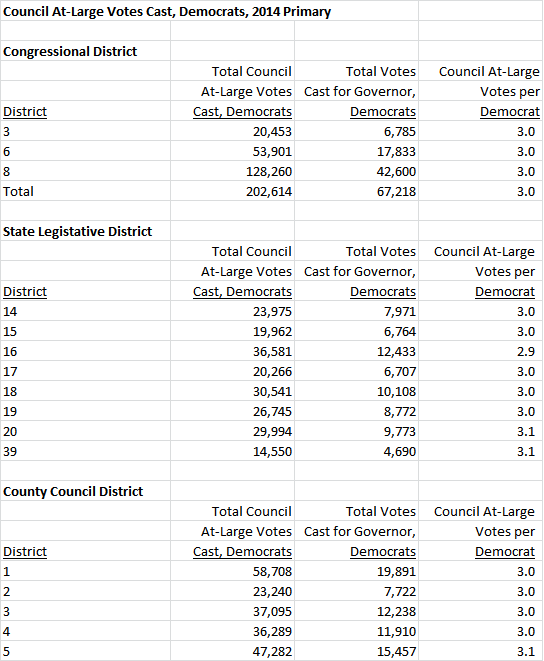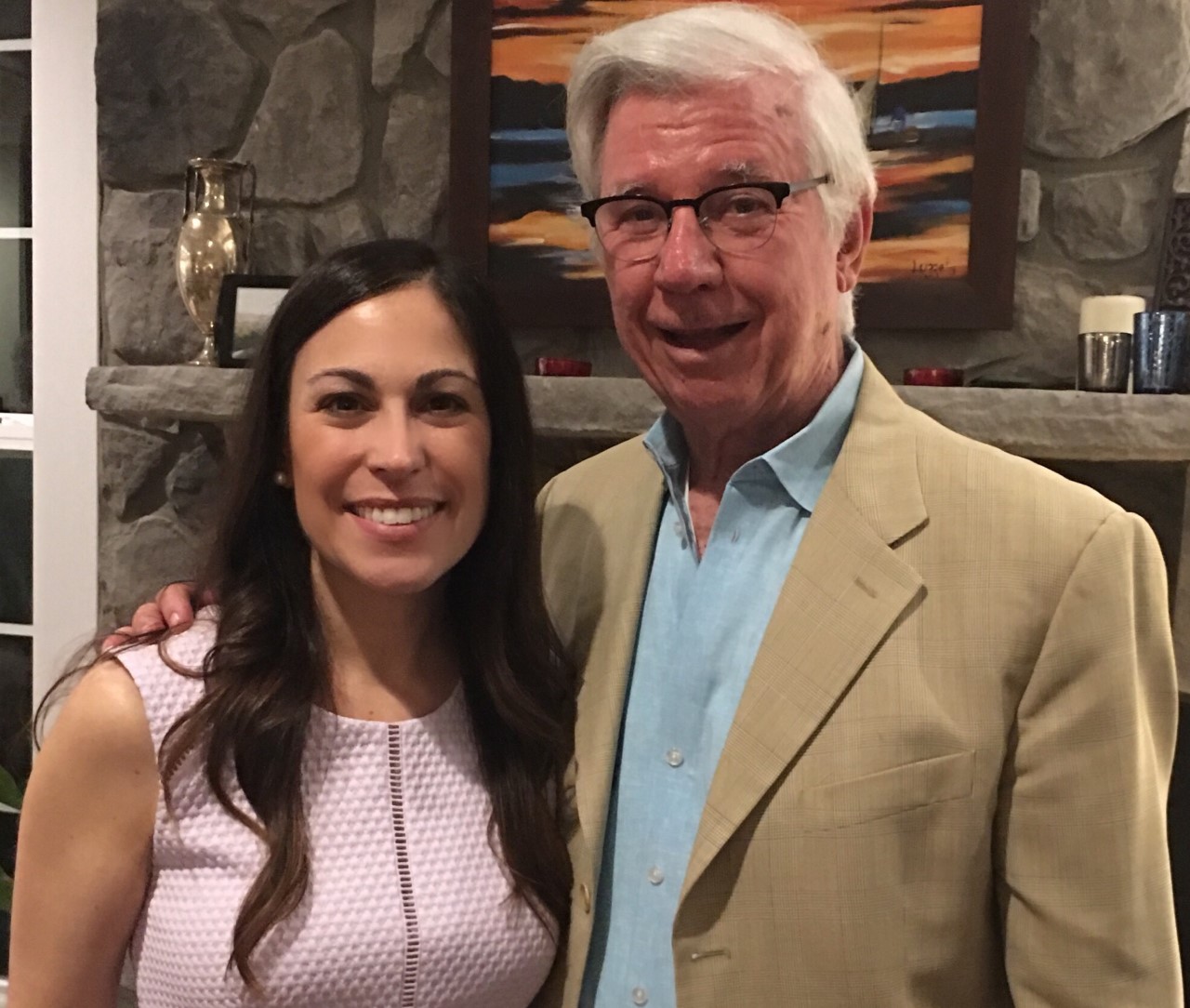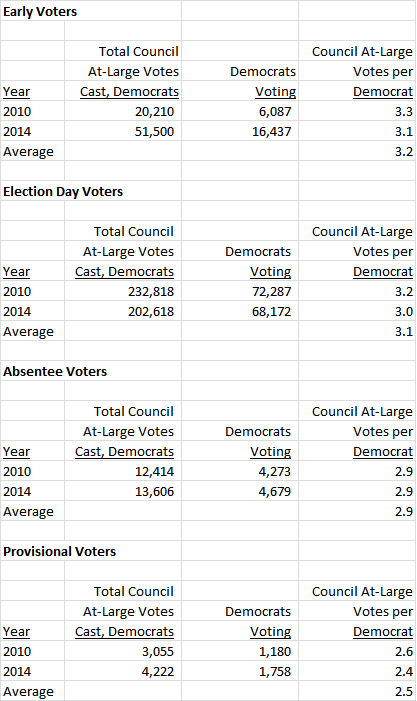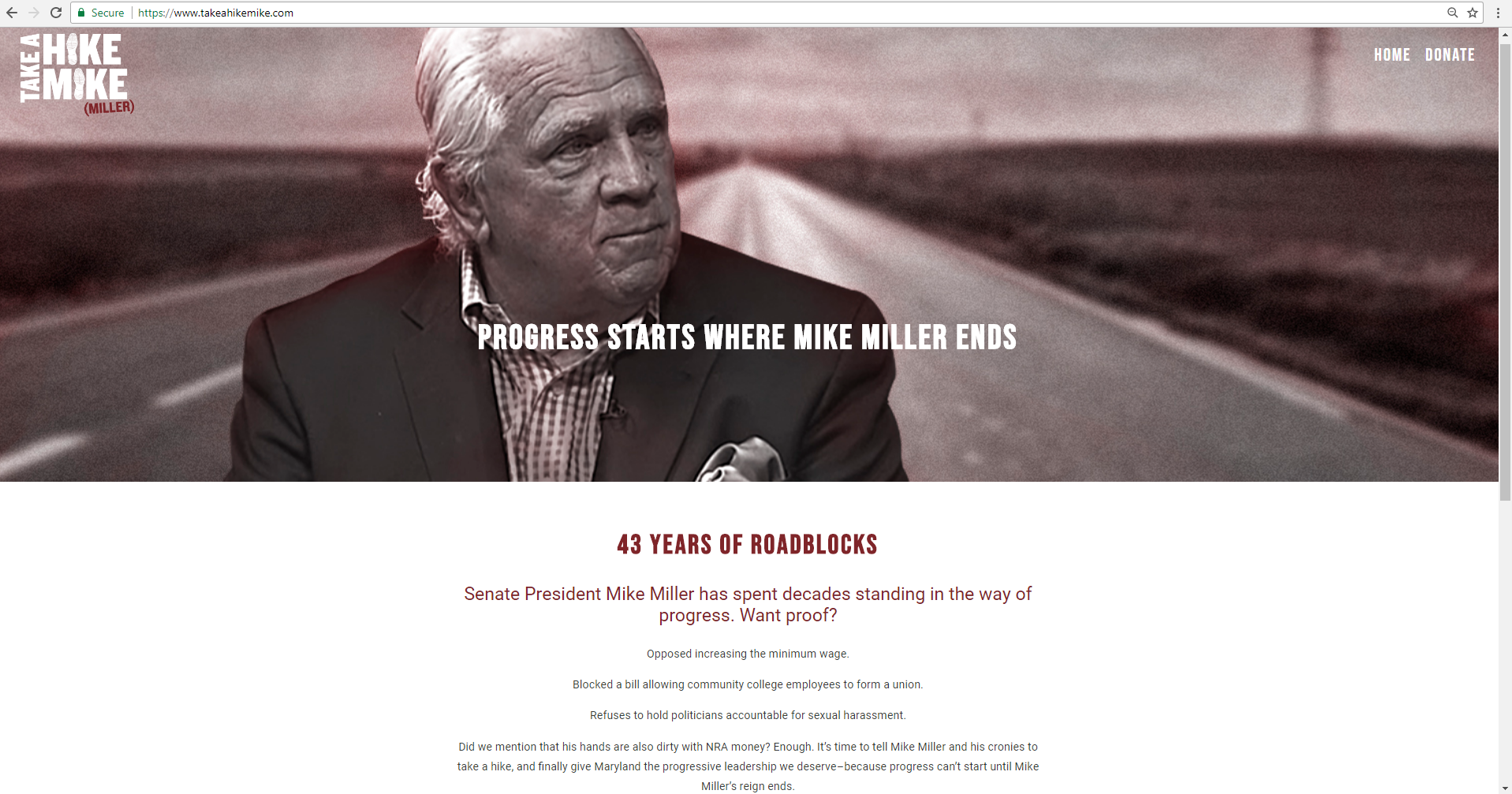This is the second in a series about the issue positions of candidates in District 1 based on the debate hosted by Friends of White Flint. Today’s post looks at whether the candidates are concerned about the share of the county budget going to service debt, which is approaching 20% according to the question.
Ana Sol Gutiérrez doesn’t see County debt as a problem and views it is analogous to a home mortgage, leaving me hoping that we don’t end up under water like so many home owners. She has confidence in analyses showing the county is financially stable but also expressed interest in finding “other funding streams,” which sounds like taxes. Throughout the debate, however, she referred to mysterious state-level funds that the county had left untapped, a perplexing claim from a this long-time delegate on the appropriations committee who should be well placed to direct funds to the County.
In a similar vein, Bill Cook commended the Council for its balanced budget and well-funded rainy day fund, and blamed “reckless” development without appropriate impact taxes for placing additional burdens on county residents.
Reggie Oldak took a more centrist position, arguing that too much debt is a burden and Montgomery needs to preserve its AAA bond rating. At the same time, she agreed it is shortsighted not to spend on the safety net, leaving me a bit concerned as debt should go to capital, not operating, expenses.
Noting a lot of agreement among the candidates, Jim McGee took a similar position. He views debt as an “investment in the future” but also says we need to see the return on the investment. He also noted aptly that interest rates are rising, so debt will cost more in the future. Economic growth is the real solution to this problem.
Meredith Wellington was the first to express directly that she is very concerned about the debt gobbling up more of our budget even as revenues have not bounced back and we’ve raised taxes. She supports the affordability guidelines, even though they constrain the county’s ability to borrow, and said we need to set priorities. In short, Wellington was the first to identify rightly that growing debt and flat revenues is not a sustainable fiscal path, and that the county will have to make real choices as a result.
Andrew Friedson concurred with Wellington. He countered Gutiérrez’s home mortgage analogy directly, arguing cogently that we cannot do the equivalent of taking out a bigger mortgage or taxing our way out of it. There is certainly little appetite for increased property or income taxes in Montgomery, especially in the wake of the County’s big tax hike.
Showing his expertise on the topic, Pete Fosselman noted the $375 million paid in interest last year and the $120 million hole in the current budget. He’s concerned about the County’s AAA bond rating, arguing that we need fiscal discipline and to work better to provide services through nonprofits even as we stop funding politically connected “sock puppet nonprofits.”
Once again, voters appear to have a real choice, as candidates expressed broad differences on both debt as a problem and the solutions. All should be concerned with the county bond rating because lower bond ratings mean we pay more in interest and can afford less. As Wellington identified, and Friedson and Fosselman agreed, we are not on a sustainable fiscal path, so debt should be a real concern. The era of difficult choices is far from over.








